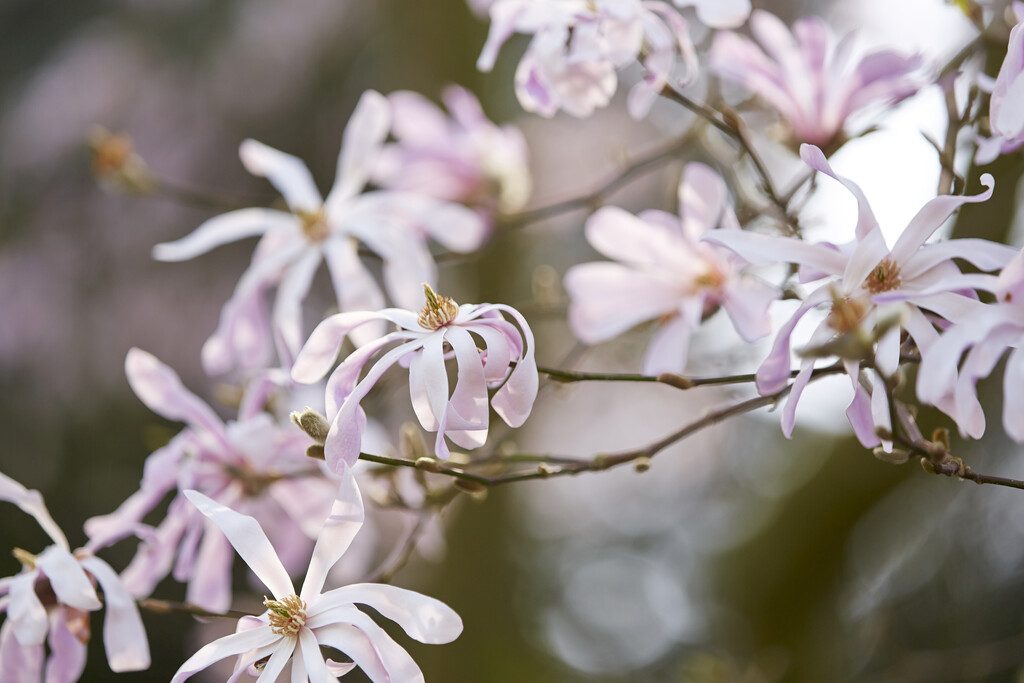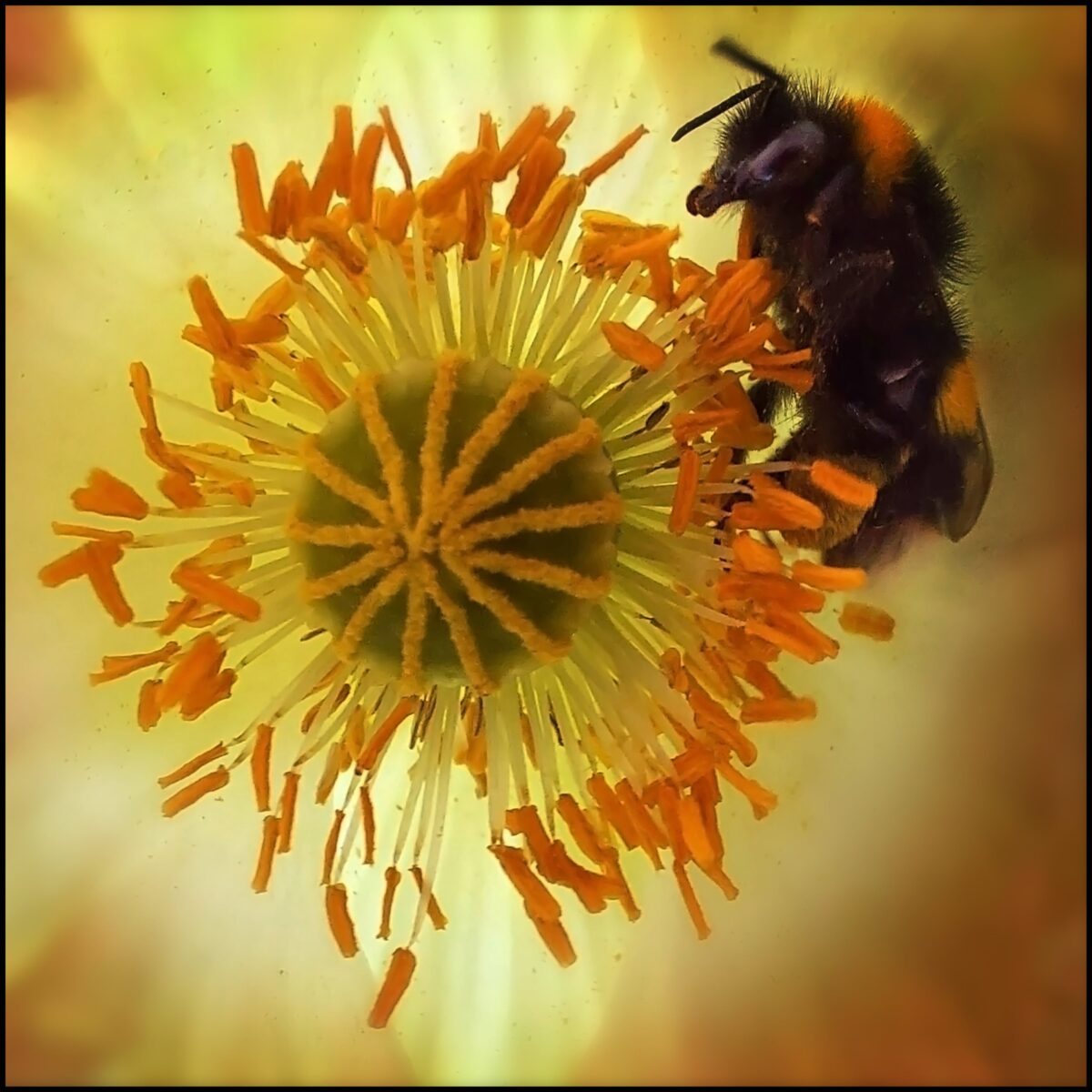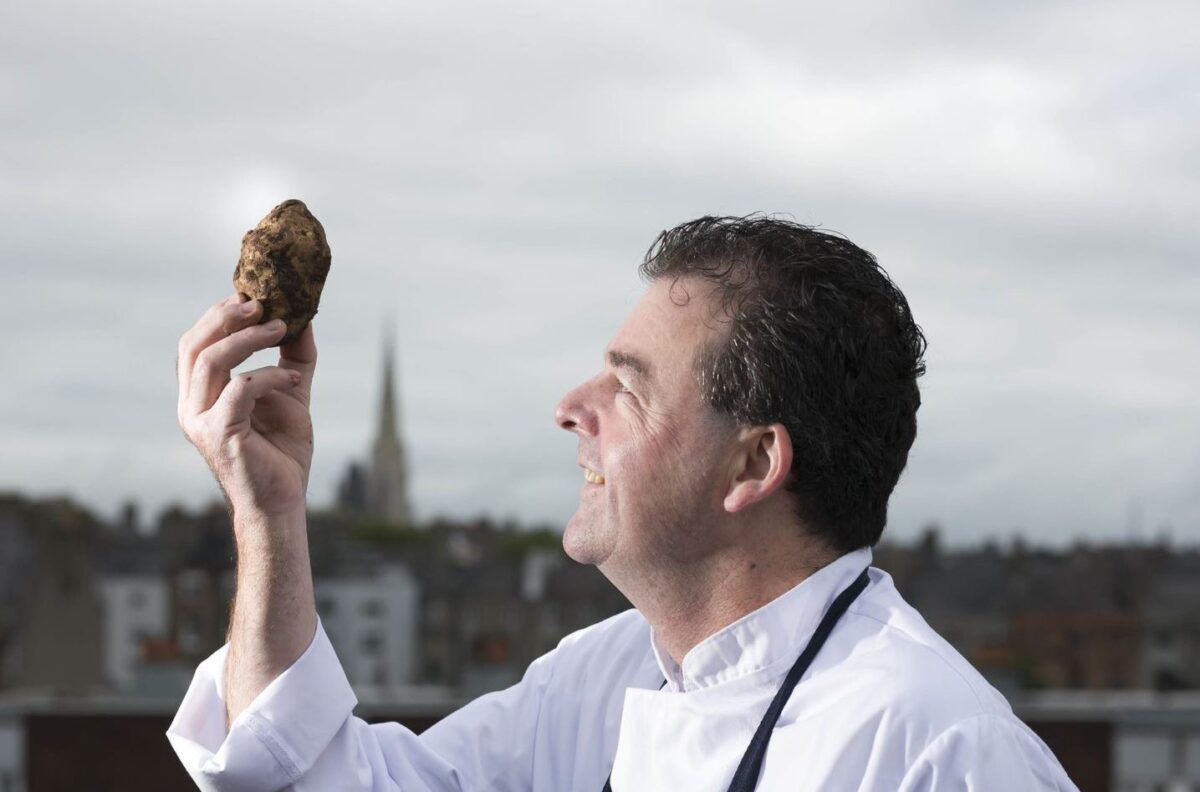

Gardener’s Gold
It is so rewarding to make your own rich, potent compost, and your garden will thank you too. However, it takes patience and perseverance to get it right. To get started you’ll need a compost bin, or a self-made compile pile, located in a sunny spot, plus a decent pile of organic waste (more of which later).
If space allows, and you produce plenty of kitchen and garden waste, allocate a sunny 1m by 1m corner of your garden to composting and enclose the space with pallets or corrugated iron to retain the heat. For smaller households a 200 litre lidded wooden or plastic compost bin is preferable.
Once you have your bin, what to put in it? The rule of thumb is a 50:50 balance between green and brown materials. Green materials are nitrogen-rich waste from your garden and kitchen such as grass cuttings, weeds, fruit, vegetable peelings, and teabags. Browns are carbon rich such as fallen leaves, newspaper (loosely scrunched), hedge trimmings, prunings, straw, paper bags, and even the dust from your vacuum cleaner.
The 50:50 ratio is only a rule of thumb as each of the above materials have differing levels of nitrogen and carbon so the ratios will vary depending on what you are adding. If you don’t achieve the optimal ratio of carbon to nitrogen (30:1), the microbes will still work away but at a slower rate.
It is important to aerate your compost occasionally with a garden fork to provide oxygen to the composting organisms, otherwise the process will be very slow. Rotating composts bin reduce the labour intensity of this process and have the added advantage of being well-sealed to reduce odours and the risk of pests. You’ll also need to keep your compost moist. Add rainwater if necessary or reduce the amount of dry brown materials.
To help speed up the process, add a compost accelerator. These are inexpensive and available at most garden centres.
It will take a minimum of 6 months to see the fruits of your labour – your Gardener’s gold. You know it’s ready when it looks, feels and smells like rich soil: sweet, dark and crumbly.
Top Tips!
- In the autumn, when you have a build-up of leaves, run your lawn mower over them before adding to your composter.
- Unfortunately, composting bins do pose the risk of attracting rodents. If this is especially off putting to you, look for a rotating composter. These are fully enclosed and raised off the ground. Other measures to reduce the risk of unwelcome visitors are bins with enclosed bases and by not adding food waste like fruit or potato peelings.
- During the summer the largest contributor to your garden waste is likely to be lawn cuttings. Make sure you break it up with other greens and equal quantities of browns before adding to your pile.
To stay up to date with Bloom At Home, follow @BordBiaBloom on Facebook, Instagram and Twitter, and keep an eye on our website for updates.











